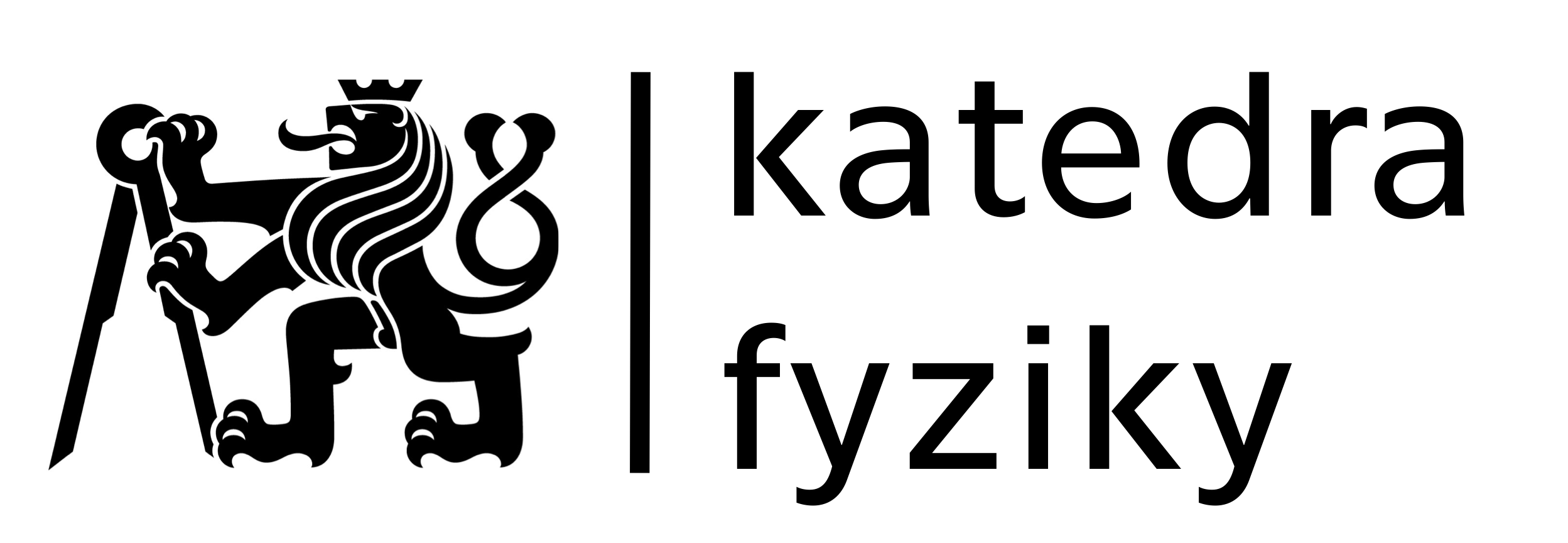- Vedoucí práce / Supervisor: Aurél Gábris, Ph.D.
- Pracoviště / Workplace: FJFI KF B-509
- Kontakt / Contact: gabris.aurel@fjfi.cvut.cz
Measurement plays a fundamental role in quantum physics as it describes the only way we can gain information about a quantum system. Since quantum measurements are invasive, observations will have an impact on its time evolution. On one hand, the unwanted "back action" of measurement can prevent us from extracting all the desired information about a quantum system. On the other hand, the influence of measurement can be used to modify the natural dynamics and drive the system in a desired way. Both of these situations can be formulated very clearly in the context of quantum walks [1], marking a well-defined playground eliminating the distractions that otherwise often lead to confusing interpretation issues. For example, even a simple question such as what is the probability and how long it takes a quantum walker to reach a certain vertex on the graph — e.g. the initial vertex, offer multiple formulations of the problem yielding distinct results [2-5].
The aim of the thesis would be to explore the impact of observation in general cases, such as on higher dimensional lattices, or multiple walkers (either quantum or classical). Besides providing a deeper insight into the fundamentals of quantum mechanics, the two walker case offers opportunities for applications such as a probabilistic realization of (non-linear) interactions [6] or error correction [7,8].
For more about what other things our research group does please visit our web page.
[1] Renato Portugal: “Quantum Walks and Search Algorithms,” Springer, (2013)
[2] Hari Krovi and Todd A. Brun: “Hitting time for quantum walks on the hypercube,” Phys. Rev. A 73, 032341 (2006)
[3] Grünbaum, F. A., L. Velázquez, A. H. Werner, and R. F. Werner. “Recurrence for Discrete Time Unitary Evolutions.” Communications in Mathematical Physics 320, 543 (2013): .
[4] Štefaňák, M., I. Jex, and T. Kiss. “Recurrence and Pólya Number of Quantum Walks.” Physical Review Letters 100, 020501 (2008)
[5] Nitsche, Thomas, Sonja Barkhofen, Regina Kruse, Linda Sansoni, Martin Štefaňák, Aurél Gábris, Václav Potoček, Tamás Kiss, Igor Jex, and Christine Silberhorn. “Probing Measurement Induced Effects in Quantum Walks via Recurrence.” ArXiv:1803.04712
[6] E. Knill, R. Laflamme & G. J. Milburn: “A scheme for efficient quantum computation with linear optics,” Nature 409, 46-52 (2001)
[7] S. D. Freedman, Y. H. Tong, J. B. Wang: “Fault-tolerant quantum walks,” arXiv:1408.1250
[8] X. Qiang, T. Loke, A. Montanaro, K. Aungskunsiri, X. Zhou, J. L. O’Brien, J. B. Wang & J. C. F. Matthews: “Efficient quantum walk on a quantum processor,” Nature Communications 7, 11511 (2016)

